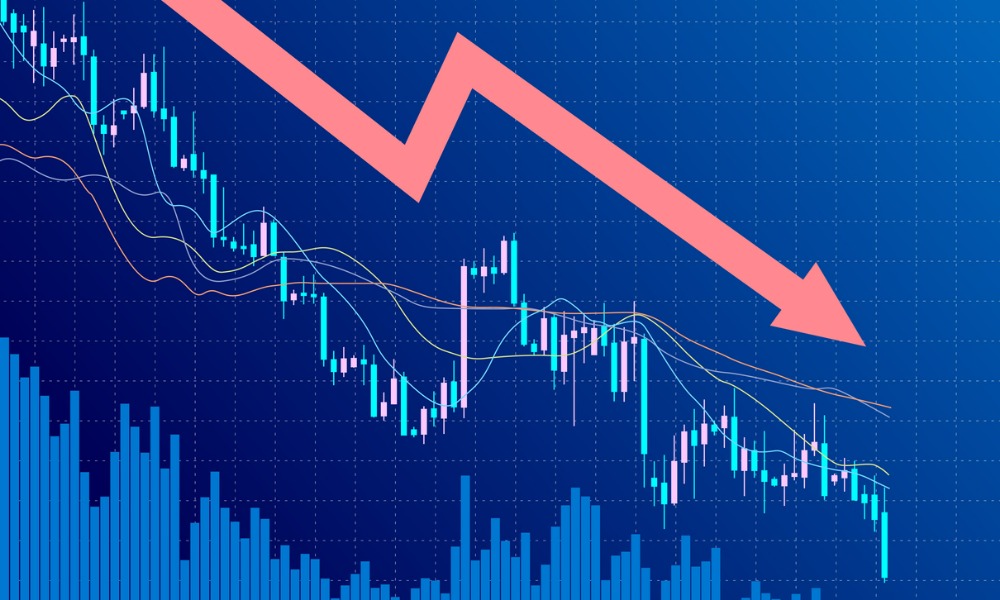Still, there are some signs of continuing resilience

The US economy added fewer jobs than expected in July as interest rates continued to impact growth – although a drop in the unemployment rate indicated a still-robust labor market.
New figures from the Labor Department showed that employers added 187,000 jobs last month, a jump from the revised total of 185,000 in June, while overall unemployment slipped to 3.5%.
The private education, construction, and health services sectors accounted for the most significant month-over-month jobs gains, while the biggest declines arrived in the temporary help services sector.
The latest employment figures “shows us what we already knew,” according to First American economist Ksenia Potapov: that the labor market is cooling, but at an extremely slow pace.
Last month, the Federal Reserve introduced its 11th interest rate hike since March of last year – and while that move may accelerate the pace of the jobs market’s slowdown, it’s still too early to tell, Potapov said.
The jobs bump in the construction space, meanwhile, was especially noteworthy. “Employment in this interest-rate sector continued to trend up in July,” Potapov noted. “Residential construction is defying expectations, largely because of how little housing supply is available for sale.”
How will the Federal Reserve view the latest labor market figures?
Fannie Mae’s deputy chief economist Mark Palim said the economy’s modest softening was in line with expectations, with the number of workers who hold a part-time job but would prefer full-time employment dropping by nearly 200,000 – “a positive sign for labor demand.”
The “robust” job gains in the construction space, he added, would prove helpful to homebuilders in the face of persistent supply constraints, although he also sounded a note of warning on wages, which posted year-over-year growth of 4.4%.
“We believe such a strong wage growth figure remains above a level that would correspond to the Federal Reserve’s 2% inflation target,” Palim said.
Lawrence Yun, chief economist and senior vice president of research at the National Association of Realtors (NAR), noted that June and July marked the slowest two months of job creation since the beginning of the COVID-19 lockdowns in 2020.
He suggested the wage rate increase, which is current outstripping consumer price inflation, means the standard of living for working Americans should improve.
“It is a nice turn after two years of falling living standards when inflation was eating more of a paycheck,” he said – but highlighted considerable uncertainty ahead, particularly with little clarity on whether the central bank is done on rate hikes.
“The economy is chugging along but is certainly not robust,” he said. “It could turn into a job-cutting recession if the Fed continues to raise interest rates. If the Fed decides to halt the rate increases, then the housing sector can grow and provide a cushion for the economy.”



